Luxury island retreats
The rich are looking to buy on islands, says a new report, and a house for sale in Guernsey and one on the Isle of Man both seem to fit the bill.
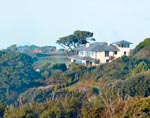

According to the recent Wealth Report 2007 by Knight Frank and Citi Private Bank, which examines the property buying habits of the seriously loaded, the new rich have a problem. As their numbers increase, they are running out of the right kind of property to buy, which last year resulted in prices for the world's most expensive properties rising by 14%, com-pared with 9% in the prime residential market as a whole. The really rich are 'different' from the rest of us, so, naturally, the criteria they employ when buying a property are different too. Time 'the one thing which cannot be bought' is a key factor, so convenience and accessibility are crucial, not only in terms of the commute to work, but also in terms of access to leisure pursuits. Luxury is important, prestige even more so. Privacy is seen as a mark of both, and, as well as time, is one of the most significant issues for high net worth individuals (HNWIs). The UK-based HNWIs see tax as the most important strategic issue for the future. Increasingly, the report concludes, the compulsion of the super rich to remain exclusive and 'ahead of the game' will drive the demand for locations served only by private jet, and 'island locations will become ever more desirable'. Only two properties located within an hour of the British mainland appear to tick all the boxes. The first is the remarkable Ocean House overlooking Rocquaine Bay on Guernsey's dramatic west coast priced at £8.5 million through Swoffers (01481 711766) and Martel Maides (01481 713463) in Guernsey, and Knight Frank (020?7861 1707) in London. The brainchild of East Anglia-based developer Michael Carr and his wife, Joy, the inspirational 11,000sq ft house was designed by architect Roger Baldwin along the lines of an early Frank Lloyd Wright 'prairie house', to blend seamlessly with the contours of the pine clad Guernsey hillside. The other overriding aim was that all the main rooms should take full advantage of the spectacular views, whether the occupants be 'standing, sitting or lying down', Michael Carr explains. Certainly, everything about Ocean House is designed to take your breath away from the boldness of the flowing internal layout to the interaction of the over hanging roofs and balconies. It took the Carrs and their team five years to design the house and get their plans approved, and three years to build it, sourcing materials from all over the world granite from China, roof tiles from India, windows from the US, doors from Sweden, fireplaces from Holland, and maple from England, Germany, Holland and Scandinavia. Everywhere, the impression is one of light and space, but Ocean House is still a practical family home, with an informal sitting room, open-plan dining and drawing room, a library, a kitchen/breakfast room, four/five bedrooms, an indoor pool complex and a snooker/media room with, wait for it, a tangerine snooker table. The 2.5 acres of landscaped gardens and grounds have been designed, no less imaginatively, as a series of sheltered spaces, each with its own theme, from Tuscan to Provençal and Japanese. In total contrast, Bishopscourt at Kirk Michael, Isle of Man currently on the market through Chrystals (01624 812236) and Knight Frank (020?7629 8171) at a guide price of 'excess £6m 'is arguably the island's most historic house. Founded by Bishop Simon in about 1247, the oldest part of the 17,904sq ft house dates from the late 14th century. For six centuries, Bishopscourt was the seat of the Bishops of Sodor and Man, during which time the medieval hall and original pele tower have survived 'the hazards of neglect, fire, and restoration' wrought by successive bishops. In 1858, Bishop Powys replaced the Georgian chapel with the present Victorian Gothic one, and the present house was rebuilt in a similar style following a fire in 1893. Since 1979, Bishopscourt has been privately owned, and, in recent years, was the home of Lancashire industrialist William Lomas, until his premature death two years ago. Mr Lomas completely renovated the house, which has five splendid reception rooms, eight bed-rooms, extensive staff quarters, a massive coach house, outbuildings and 10.5 acres of gardens and grounds.
Sign up for the Country Life Newsletter
Exquisite houses, the beauty of Nature, and how to get the most from your life, straight to your inbox.
Country Life is unlike any other magazine: the only glossy weekly on the newsstand and the only magazine that has been guest-edited by HRH The King not once, but twice. It is a celebration of modern rural life and all its diverse joys and pleasures — that was first published in Queen Victoria's Diamond Jubilee year. Our eclectic mixture of witty and informative content — from the most up-to-date property news and commentary and a coveted glimpse inside some of the UK's best houses and gardens, to gardening, the arts and interior design, written by experts in their field — still cannot be found in print or online, anywhere else.
-
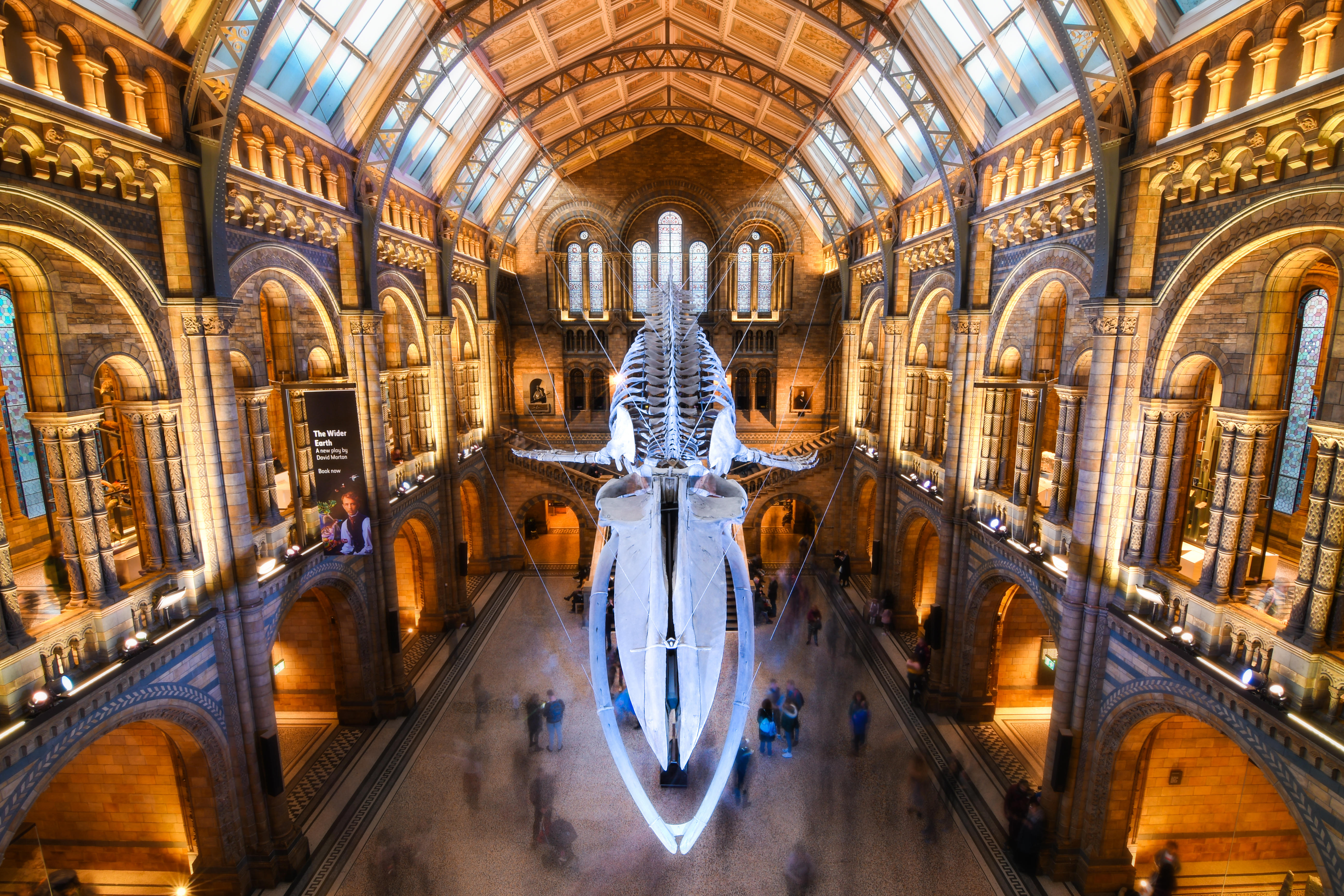 Athena: We need to get serious about saving our museums
Athena: We need to get serious about saving our museumsThe government announced that museums ‘can now apply for £20 million of funding to invest in their future’ last week. But will this be enough?
By Country Life Published
-
 Six rural properties with space, charm and endless views, as seen in Country Life
Six rural properties with space, charm and endless views, as seen in Country LifeWe take a look at some of the best houses to come to the market via Country Life in the past week.
By Toby Keel Published
-
 What to expect when you're expecting (to move to the countryside)
What to expect when you're expecting (to move to the countryside)On March 28, agents Michael Graham will be showcasing some of their best countryside properties at their west London office.
By James Fisher Published
-
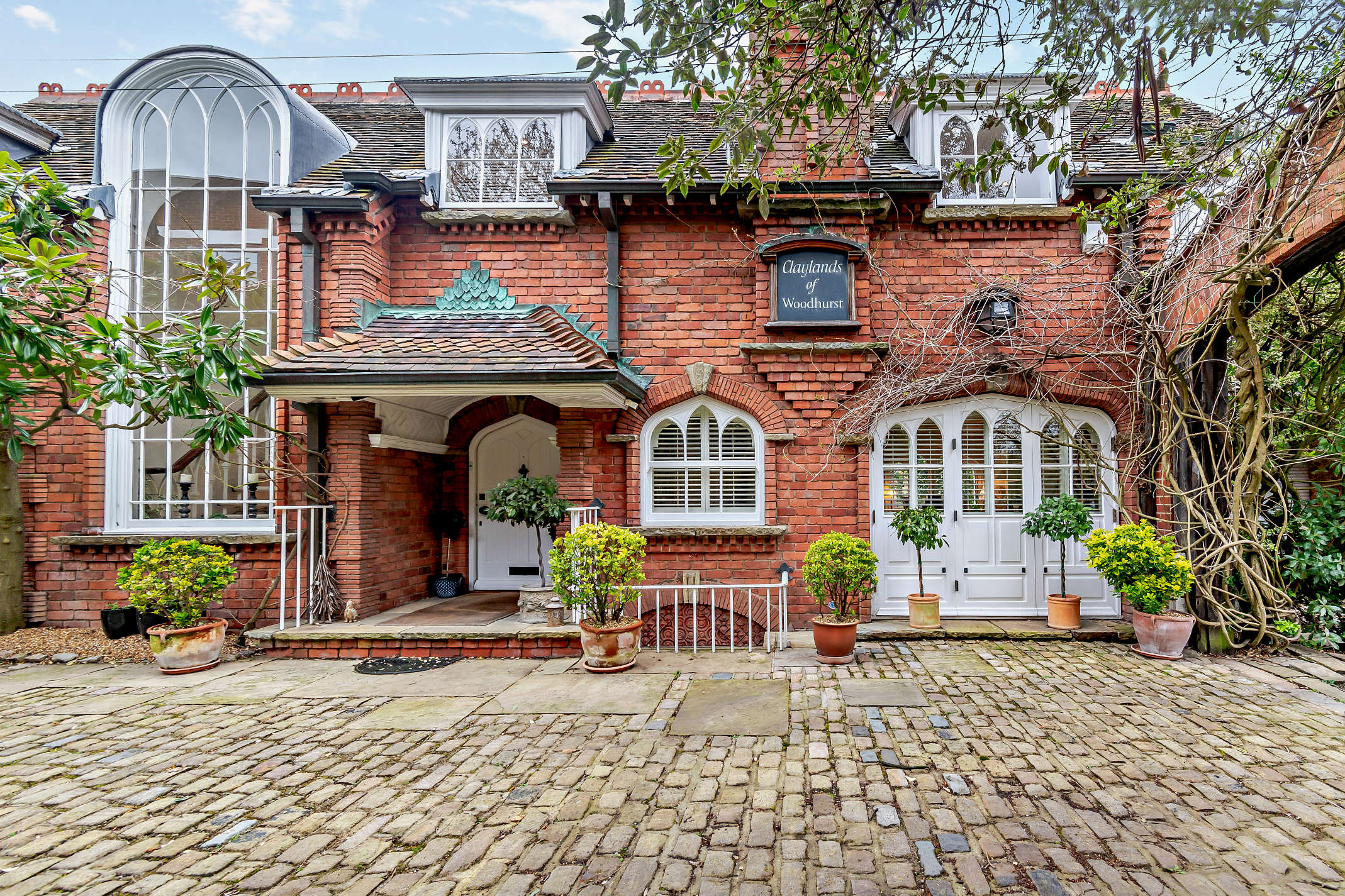 Property Talk: When is the right time to downsize?
Property Talk: When is the right time to downsize?Sometimes our homes can get too big for us, meaning it’s time to downsize. Here, we speak to those involved with the process.
By James Fisher Published
-
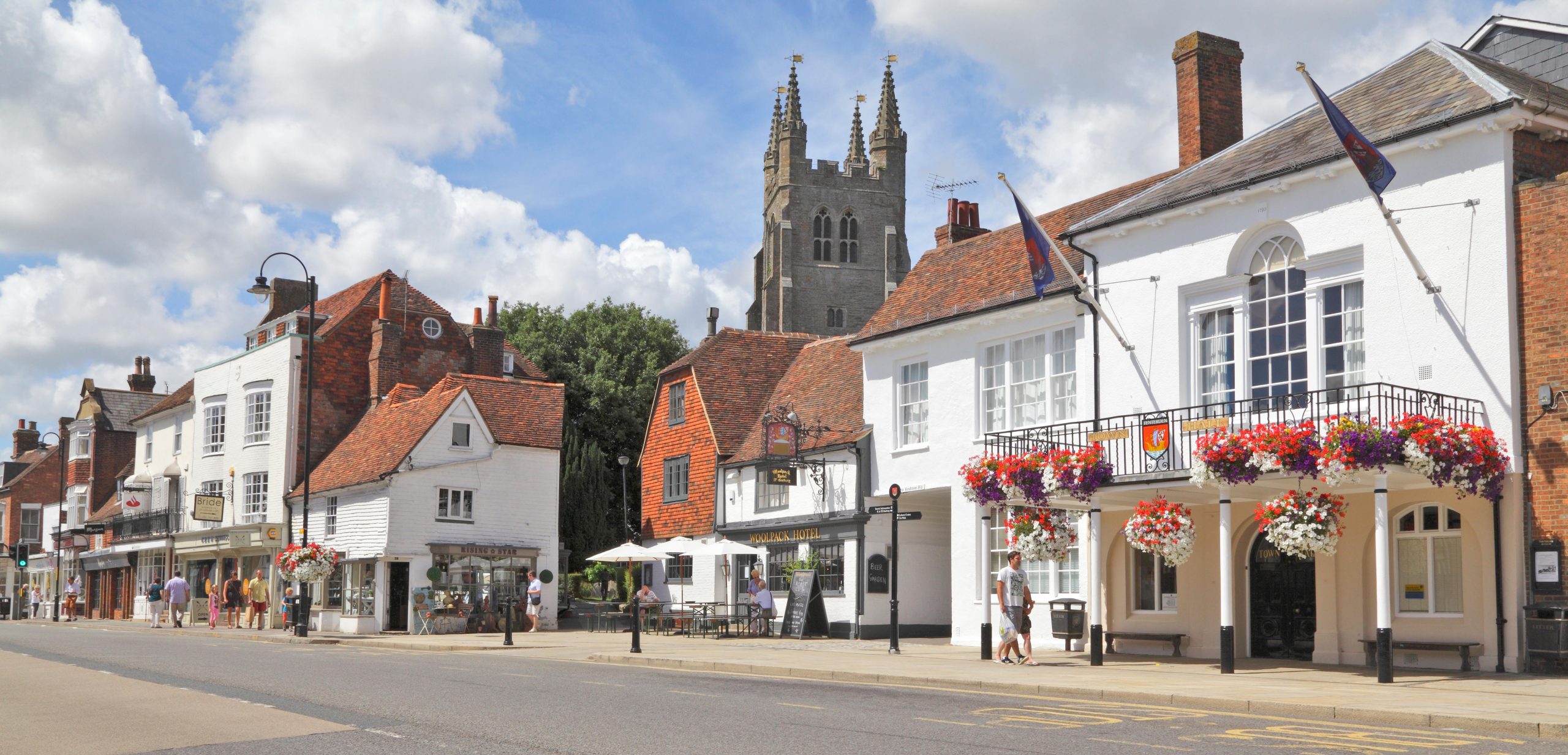 How to win in the property market: Tips from some of Britain's best buying agents
How to win in the property market: Tips from some of Britain's best buying agentsWhether looking for the perfect family home or negotiating on price, buying agents do the heavy lifting–and are well used to analysing the market. Carla Passino gets advice from a few of the best.
By Carla Passino Published
-
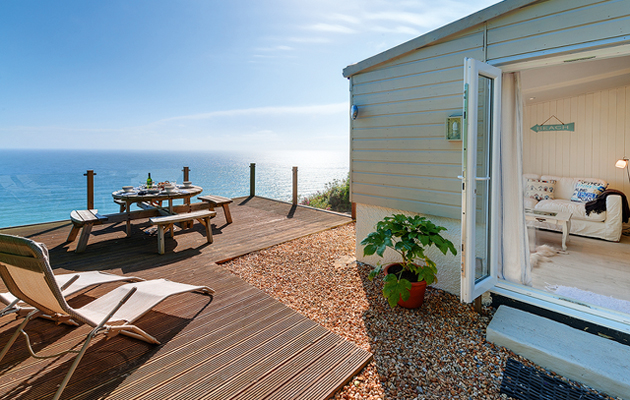 Top tips on renting your holiday home
Top tips on renting your holiday homeThe holiday-home market on the Cornish coast looks set for a lively summer. Arabella Youens finds out how to make the running costs bearable.
By Arabella Youens Published
-
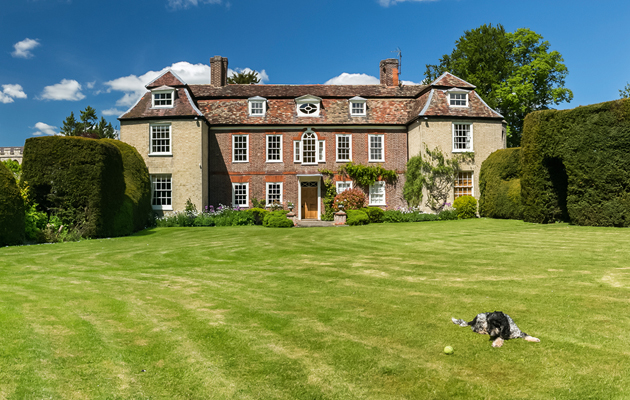 Tips and advice for holiday home owners
Tips and advice for holiday home ownersWith the start of the summer season nearly upon us, more and more country-house owners are dipping into the short-let scene.
By Country Life Published
-
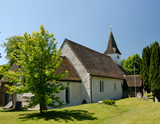 Property guide to Elstead
Property guide to ElsteadFreddie Mack shares the secrets of Elstead in Surrey, a prime spot for young families looking for properties outside London near good schools
By Country Life Published
-
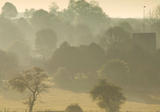 Property guide to Cheriton
Property guide to CheritonIf you're considering buying property in or around Cheriton this year, take a look at our property guide which covers where to buy, what prices to expect and where to have fun in the area
By Country Life Published
-
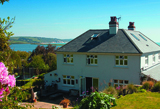 Make your holiday let work for you
Make your holiday let work for youIf you're considering renting out your holiday property prepare by reading this first
By Country Life Published
